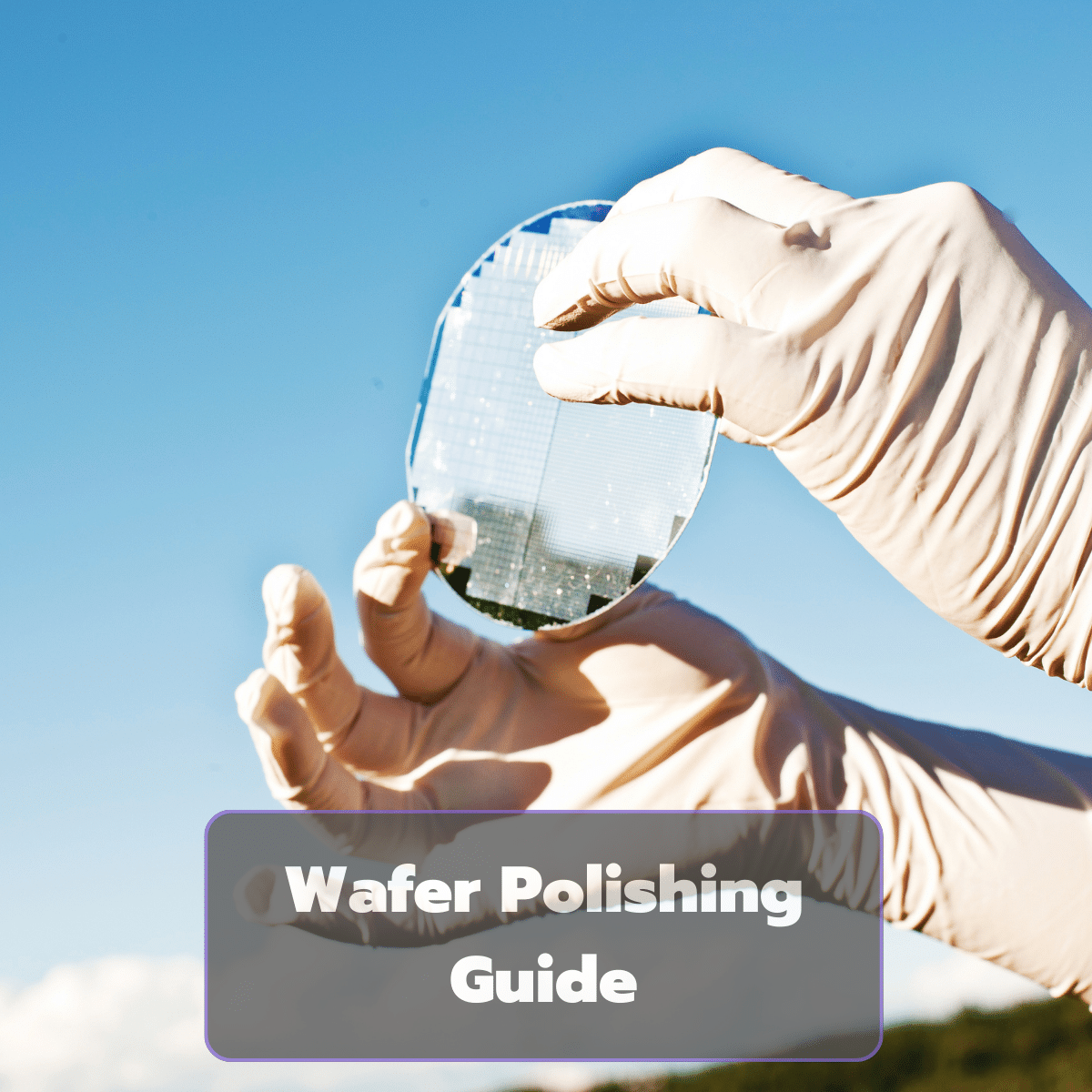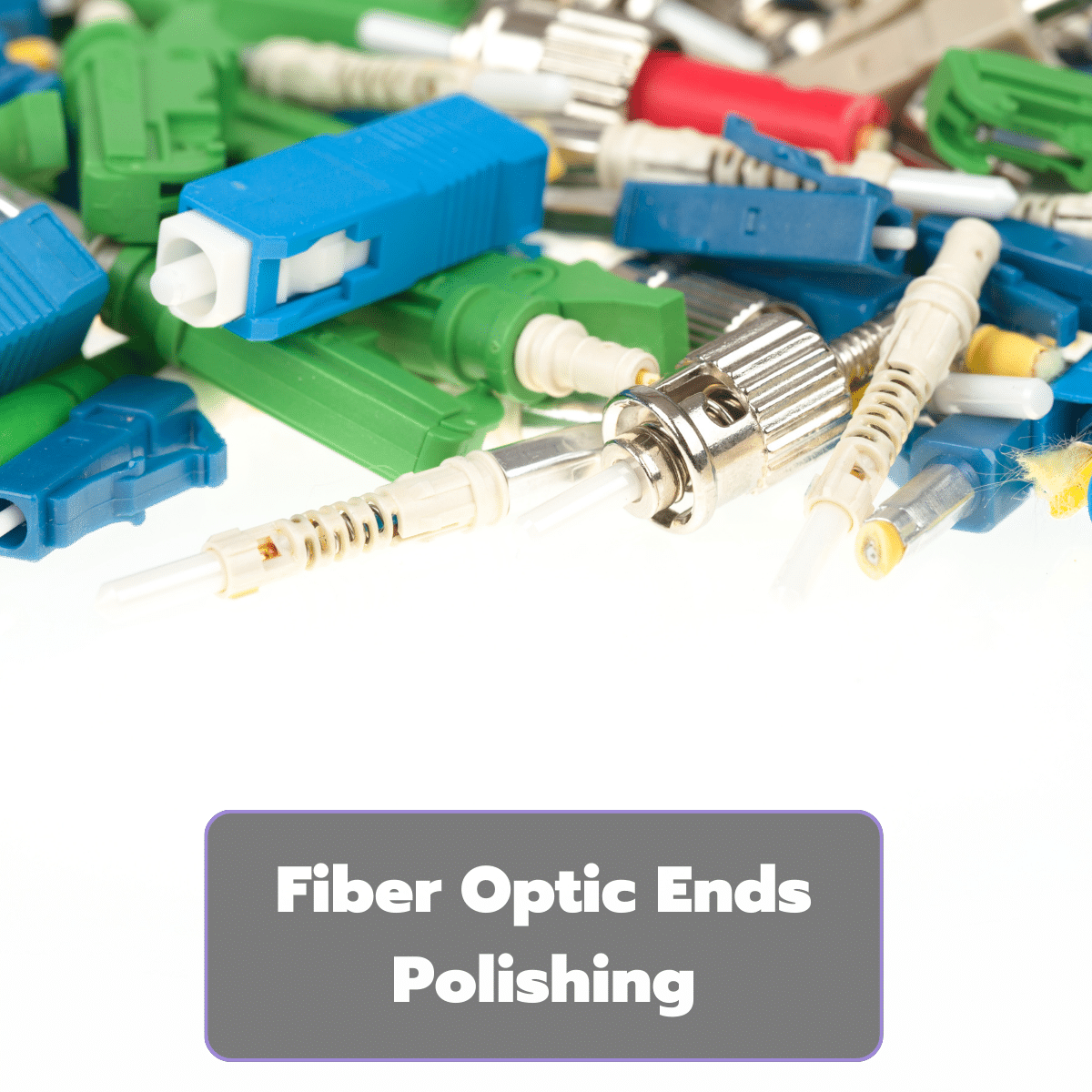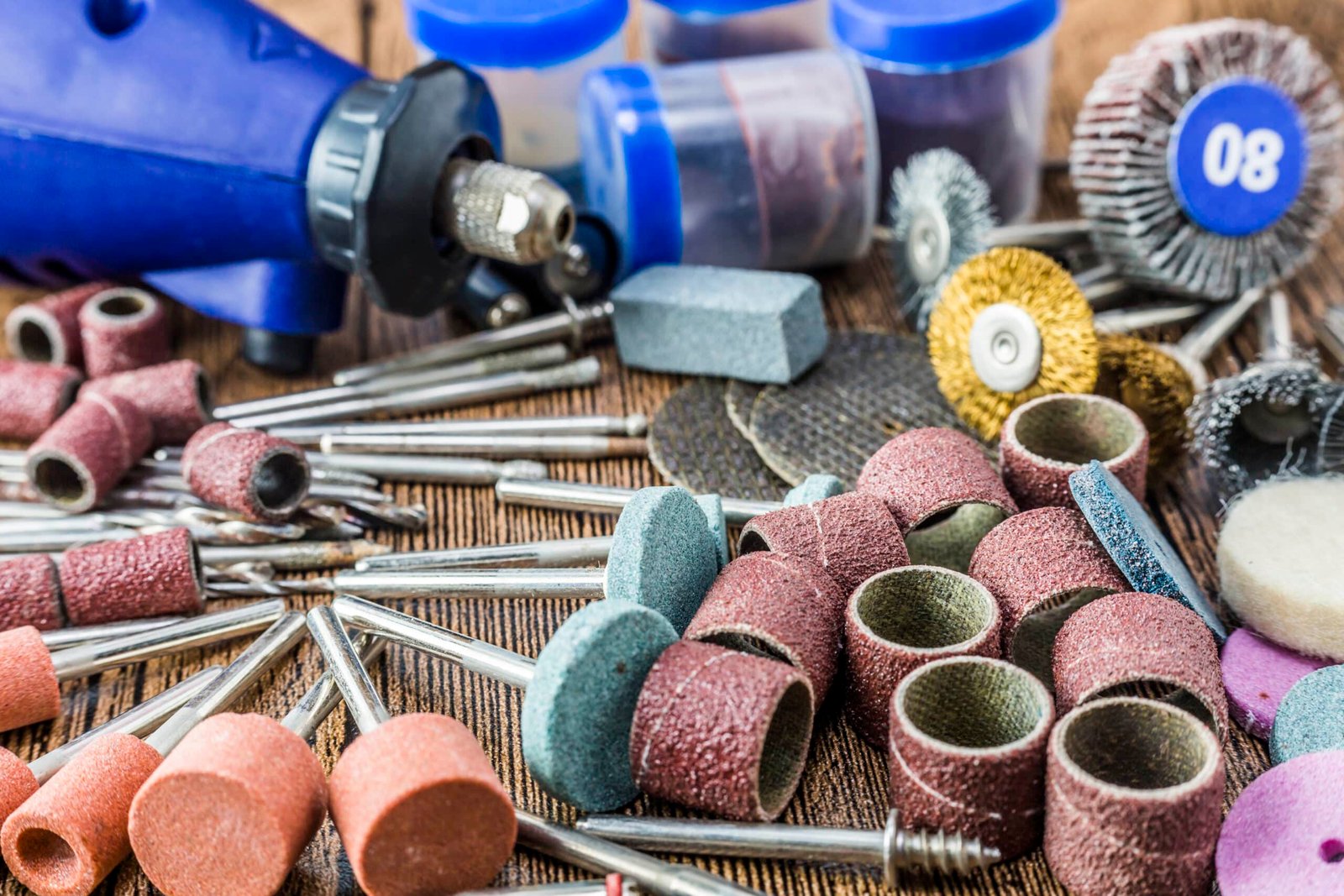
Maintaining the exterior of your car is crucial for preserving its value and appearance. One of the most effective ways to achieve a flawless finish is by using a car polisher. But with so many options on the market, how do you choose the best one for your needs? And is it really worth investing in a car polisher? In this blog post, we’ll explore the different types of car polishers, factors to consider when choosing one, and the benefits of owning your own car polisher.
Understanding Car Polishers
A car polisher is a device designed to apply polish to the surface of a vehicle, helping to remove minor scratches, swirl marks, and oxidation, and restoring the car’s paint to a like-new condition. Using a car polisher can enhance the appearance of your vehicle, provide protection against environmental elements, and increase its resale value.
Types of Car Polishers
There are several types of car polishers available, each with its own set of features, pros, and cons.
1. Dual Action (DA) Polishers
- Description: These polishers have a circular motion combined with a spinning motion, mimicking the movement of hand polishing.
- Pros: Safe for beginners, less risk of damaging the paint.
- Cons: May take longer to achieve results compared to rotary polishers.
- Best Use Cases: Ideal for DIY enthusiasts and those new to car polishing.
2. Rotary Polishers
- Description: These polishers have a single rotating action and are more powerful.
- Pros: Highly effective at removing deep scratches and heavy oxidation.
- Cons: Requires skill to avoid paint damage, not recommended for beginners.
- Best Use Cases: Best for experienced users and professional detailers.
3. Orbital Polishers
- Description: These polishers have a random orbital motion, reducing the risk of paint damage.
- Pros: User-friendly, effective for minor paint corrections.
- Cons: Less powerful than rotary polishers.
- Best Use Cases: Suitable for regular maintenance and light polishing tasks.
Factors to Consider When Choosing a Car Polisher
When selecting a car polisher, consider the following factors:
- Skill Level and Experience: Beginners should opt for dual action or orbital polishers, while experienced users can handle rotary polishers.
- Car Type and Paint Condition: Consider the type of car and the condition of its paint. For light scratches and maintenance, a dual action or orbital polisher will suffice. For deeper scratches, a rotary polisher might be necessary.
- Budget Considerations: Prices vary significantly. Determine your budget and choose a polisher that offers the best value for your money.
- Features to Look For: Variable speed settings, ergonomic design, weight, and additional attachments can enhance the usability and effectiveness of the polisher.
Top Car Polisher Recommendations
Here are some top-rated car polishers on the market:
- Dual Action Polishers: Meguiar’s MT300, Griot’s Garage 6” Random Orbital Polisher.
- Rotary Polishers: DeWalt DWP849X, Makita 9237CX3.
- Orbital Polishers: BLACK+DECKER WP900, PORTER-CABLE 7424XP.
Each of these polishers has received positive reviews for their performance, durability, and ease of use.
Is It Worth Getting a Car Polisher?
Investing in a car polisher can be highly beneficial. Here’s why:
- Cost-Benefit Analysis: While the initial investment might seem high, the long-term savings on professional detailing services can be significant.
- Frequency of Use: Regular use of a car polisher can keep your vehicle looking new and well-maintained, preserving its value.
- Professional Detailing vs. DIY Polishing: Owning a car polisher allows you to maintain your car at your convenience, providing professional-level results at a fraction of the cost.
- Personal Testimonials and Expert Opinions: Many car enthusiasts and experts recommend having a car polisher for its ease of use and effective results.
How to Use a Car Polisher Effectively
Using a car polisher is straightforward with the right technique:
- Preparation: Wash and dry your car thoroughly.
- Apply Polish: Apply a small amount of polish to the pad.
- Start Polishing: Turn on the polisher at a low speed, working in small sections.
- Buff and Finish: Increase the speed gradually and buff the polish until it’s evenly distributed.
Always follow the manufacturer’s instructions and safety precautions to avoid any damage to your car’s paint.
Investing in a car polisher is a wise decision for car owners who want to maintain their vehicle’s appearance and value. By understanding the different types of polishers and considering your specific needs, you can choose the best tool for the job and enjoy the benefits of a professionally polished car from the comfort of your home.
Have you tried using a car polisher? Share your experiences in the comments below! If you’re looking for high-quality polishing materials, check out Abrasives Hub’s range of posts to give your car a showroom finish.







